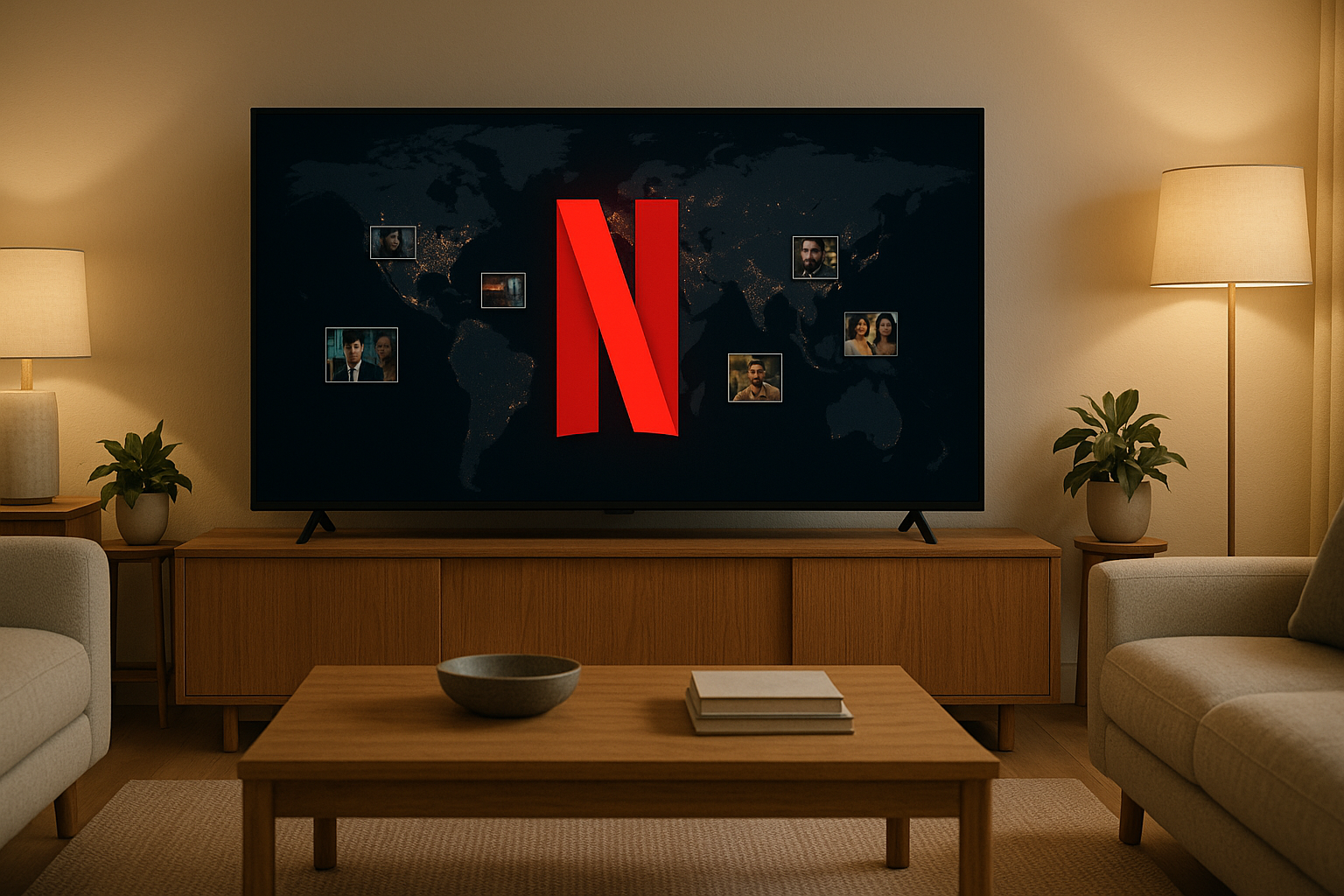Netflix has always been a fascinating company to cover – from DVD-by-mail disruptor to streaming pioneer to global content powerhouse. As we move through 2025, the red giant of streaming continues to evolve in ways that surprise even seasoned industry observers (myself included).
With 240 million subscribers worldwide – a number that would have seemed fantastical just a decade ago – Netflix has clearly established itself as the streaming leader. But that leadership position is increasingly under siege, and the company's response offers valuable lessons for any business facing digital disruption.
Beyond Peak Streaming
Remember the pandemic-fueled subscriber surge? Those days are long gone. Netflix's 5% year-over-year growth represents the new normal – steady but unspectacular expansion in a maturing market. The days of 20%+ annual subscriber growth are firmly in the rearview mirror.
What's impressive, though, is how Netflix has adapted its strategy. Rather than chasing unsustainable growth at all costs, the company has pivoted to focus on profitability and content efficiency. That $20 billion content budget is enormous, but Netflix has gotten smarter about how it deploys those resources.
"They've finally embraced the idea that not every show needs to be for everyone," notes entertainment analyst Michael Rodriguez. I couldn't agree more – the company's increasingly targeted approach to content development shows a maturity that was missing in earlier years.
The International Gambit
In my travels covering media markets across Asia and Latin America, I've seen firsthand how Netflix has transformed itself from an American exporter to a truly global studio. Their investment in local content isn't just about checking boxes – it's about creating authentic programming that resonates deeply in specific markets.
The strategy is paying dividends. Shows like "Delhi Crime" (India) and "Elite" (Spain) have become global phenomena while strengthening Netflix's position in crucial growth markets. This cross-pollination of content – where a Korean thriller can become a hit in Brazil – gives Netflix a unique advantage over competitors still figuring out their international approach.
Challenges on the Horizon
It's not all smooth sailing, though. Disney+ continues to leverage its unmatched IP library, while Amazon can subsidize its streaming ambitions with its e-commerce empire. Meanwhile, regional competitors (particularly in Asia) are getting more sophisticated in their content strategies.
The ad-supported tier launched last year represents both an opportunity and a challenge. While it opens Netflix to a broader audience segment, it also introduces complexity to a business model previously built on simplicity. Early results have been promising, but the real test will be whether Netflix can maintain its premium brand positioning while serving ads to a portion of its audience.
My Take
Having covered Netflix since its early streaming days, I'm impressed by the company's ability to evolve. The Netflix of 2025 is dramatically different from the Netflix of 2015 – more disciplined, more diverse in its content approach, and more sophisticated in its use of data.
For investors, Netflix presents an interesting proposition. The hypergrowth days are over, but the company has transitioned into a cash-generating machine with defensible market leadership. The stock isn't cheap (when has it ever been?), but the company's demonstrated ability to adapt to changing market conditions suggests it will remain a streaming powerhouse for years to come.
As for subscribers – well, we're all paying a bit more than we used to, aren't we? But with the breadth and quality of content continuing to improve, Netflix remains an essential service for most households (including mine, despite my occasional grumbling about price increases).
